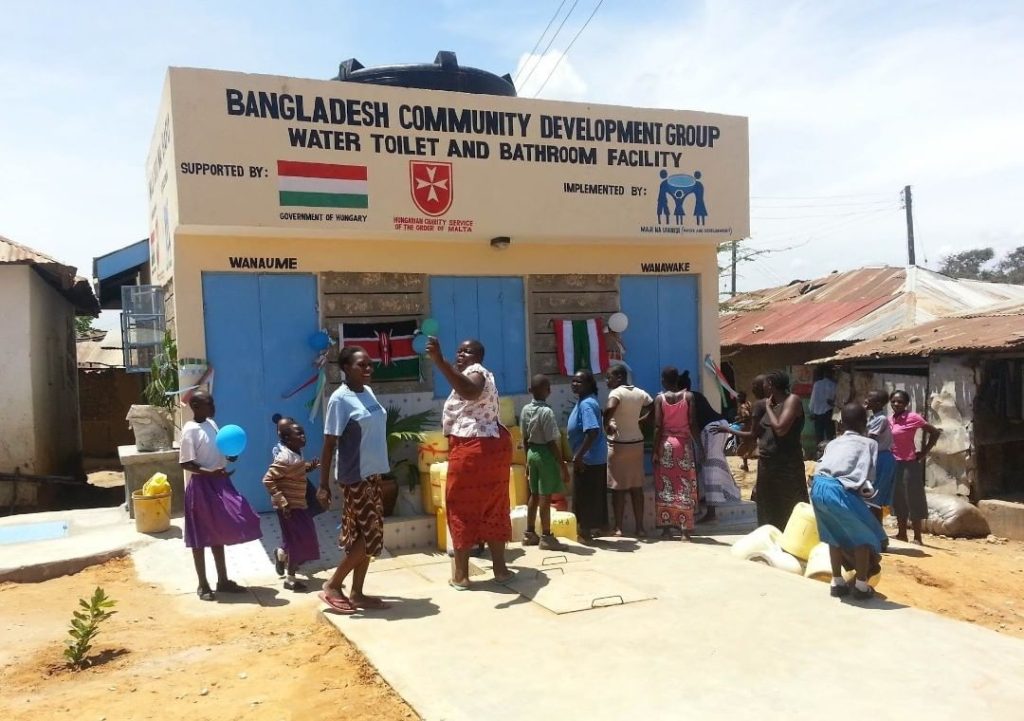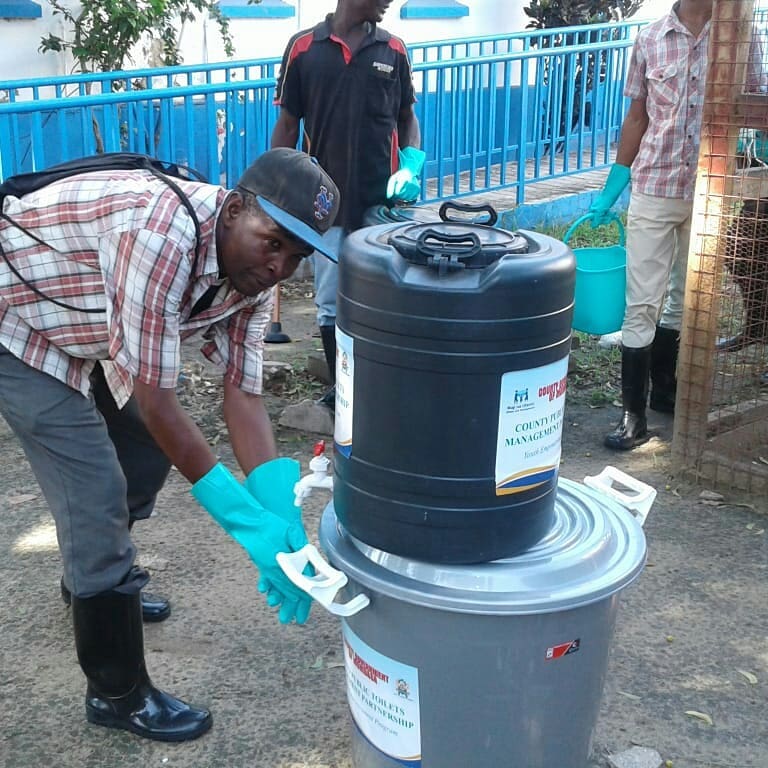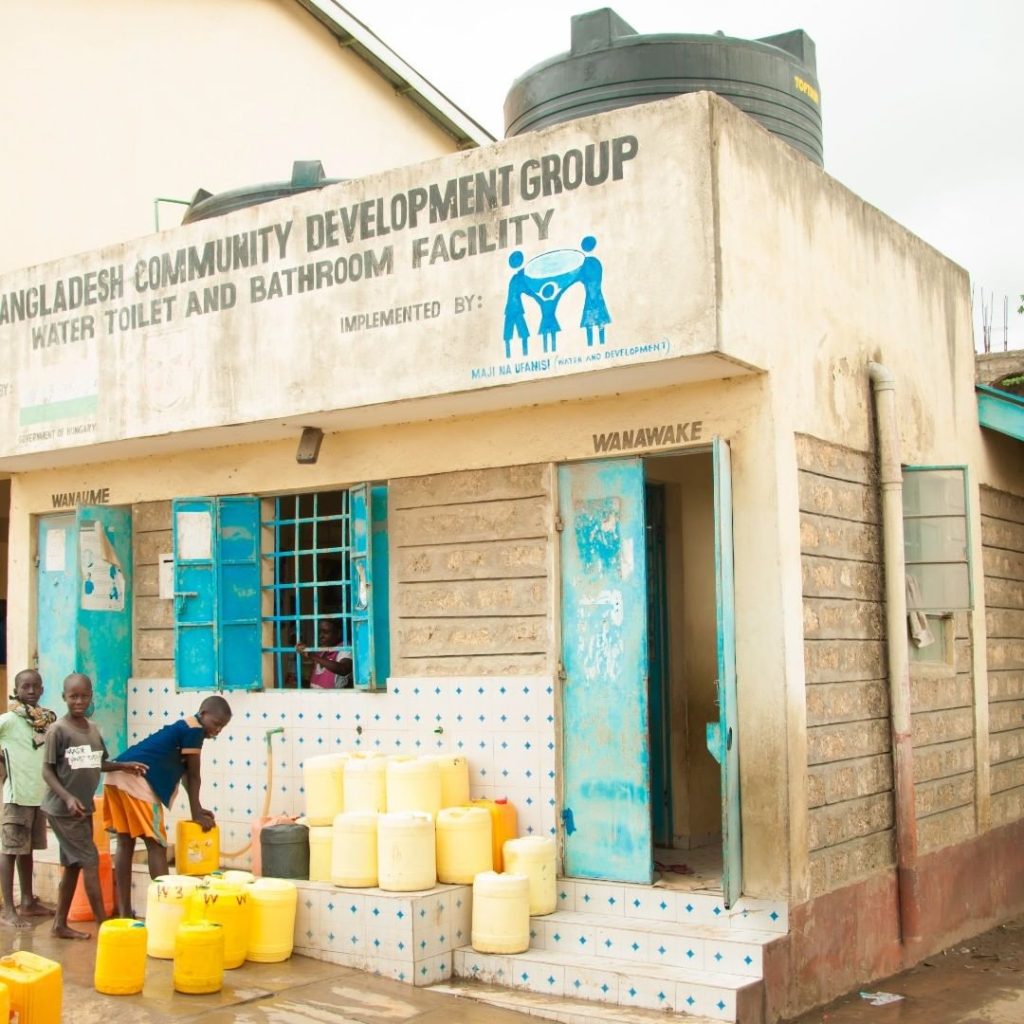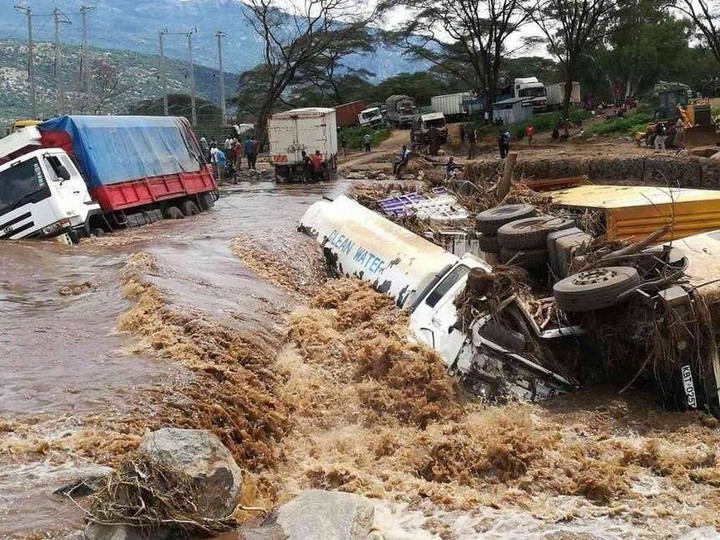Climate change has brought unprecedented challenges for communities worldwide, affecting access to water, sanitation, and hygiene (WASH) services. As weather patterns become more unpredictable, droughts more frequent, and floods more severe, vulnerable populations—especially in regions like Sub-Saharan Africa and South Asia—are increasingly at risk. Communities in these regions are often already struggling with inadequate infrastructure, which compounds their vulnerability to climate impacts. This raises a critical question: how can WASH programs help build climate-resilient communities?
In this article, we will explore the vital role WASH systems play in building resilience to climate change. We will examine how improved access to clean water, sanitation, and hygiene can reduce the risks posed by climate change while strengthening the capacity of communities to adapt and thrive. Additionally, we’ll look at the specific challenges and opportunities in developing WASH systems that are sustainable, scalable, and climate-resilient. Here’s everything you need to know about the intersection of WASH and climate resilience.
A Detailed Explanation of How WASH Supports Climate Resilience
Understanding the WASH Framework in Climate Context

WASH refers to the collective management of water, sanitation, and hygiene services. These systems are critical to maintaining public health and environmental sustainability, particularly in underdeveloped or developing regions. In the context of climate change, WASH services are more than just basic necessities—they form a foundation for climate resilience. By ensuring that communities have access to clean water, proper sanitation, and hygiene practices, WASH interventions reduce vulnerability to climate-related hazards.
For example, during prolonged droughts, well-maintained water supply systems can provide communities with consistent access to safe drinking water, reducing their dependence on unpredictable natural sources. Likewise, proper sanitation systems can prevent the spread of disease in the aftermath of floods, while hygiene education ensures communities are equipped to manage risks associated with poor water quality.
Water Scarcity and Management
Water scarcity is one of the most pressing issues exacerbated by climate change. Regions that once enjoyed reliable rainfall are now facing extended periods of drought, leading to shortages of clean water for drinking, agriculture, and sanitation. WASH programs that focus on water conservation, efficient use, and alternative sources (like rainwater harvesting) provide communities with tools to manage water more sustainably.
In areas prone to droughts, WASH systems that promote water-efficient technologies, such as drip irrigation or low-flow water taps, help reduce water waste. Rainwater harvesting systems, which collect and store rainwater for future use, also mitigate the impact of rainfall variability, providing communities with a buffer against water shortages. These interventions help communities adapt to changing environmental conditions while reducing their overall water footprint.
Sanitation as a Critical Component of Climate Adaptation
Sanitation is a key factor in building climate resilience. In many communities, especially informal settlements or rural areas, climate-related events such as flooding can severely disrupt sanitation infrastructure, leading to the spread of waterborne diseases like cholera and diarrhea. By investing in climate-resilient sanitation solutions, such as elevated or flood-proof latrines, communities can mitigate the health risks posed by extreme weather events.
Moreover, improved sanitation helps protect water sources from contamination. When waste management systems are inadequate, floods can easily wash waste into rivers and groundwater sources, polluting them and creating long-term health risks. WASH programs that focus on eco-friendly and sustainable sanitation, such as composting toilets or septic systems, contribute to safer, more resilient communities by protecting water quality in the face of climate challenges.
Hygiene: The First Line of Defense Against Disease

Hygiene practices, particularly handwashing with soap, are essential to preventing the spread of infectious diseases. In the wake of climate disasters like floods, hurricanes, or drought-induced migrations, hygiene services often become disrupted, leaving communities at higher risk for disease outbreaks. WASH programs that emphasize the importance of hygiene, provide hygiene supplies, and establish permanent handwashing stations ensure that even during crises, communities can maintain a basic level of disease prevention.
Additionally, climate-resilient hygiene strategies include community education campaigns that teach the importance of hygiene practices, not just in times of crisis, but as part of everyday life. Building this awareness before disasters strike ensures that communities are better prepared to cope with health challenges during emergencies.
The Interplay Between WASH and Food Security
WASH services have a direct impact on food security, especially in areas reliant on small-scale agriculture. Climate change is affecting agricultural productivity through irregular rainfall patterns, extreme temperatures, and the increased frequency of natural disasters. Access to reliable water sources is essential for irrigation, while proper sanitation prevents the contamination of crops and water supplies, ensuring that food remains safe to consume.
WASH programs that incorporate agricultural needs—such as the use of greywater for irrigation or the establishment of community gardens—help communities maintain food production even as climate conditions become less predictable. This integration of WASH with food security initiatives is key to building holistic climate resilience.
Climate-Resilient Infrastructure and Technology
To withstand the impact of climate change, WASH infrastructure itself must be climate-resilient. This means designing water, sanitation, and hygiene systems that can withstand floods, droughts, and extreme weather events. For instance, water storage systems can be built to withstand periods of drought by incorporating larger capacity tanks or integrating systems that allow for water reuse.
Moreover, new technologies are emerging that can help make WASH systems more resilient. For example, solar-powered water pumps provide a sustainable energy source for water supply in remote areas, ensuring that communities are not dependent on fossil fuels, which can be scarce during times of crisis.
Maji Na Ufanisi’s Role in Building Climate-Resilient Communities

At Maji Na Ufanisi (MNU), the link between WASH and climate resilience is clear. For over 27 years, MNU has been at the forefront of WASH interventions in Kenya, particularly in marginalized urban and rural areas. MNU’s programs aim to ensure that communities not only have access to water, sanitation, and hygiene services but that these services are designed with climate challenges in mind.
Through its innovative programs, MNU builds the capacity of communities to manage WASH services sustainably, with a focus on resilience. For example, in arid and semi-arid regions of Kenya, MNU has implemented rainwater harvesting systems and promoted water-efficient farming practices that enable communities to survive prolonged periods of drought. Additionally, MNU’s work in flood-prone areas includes the installation of flood-resistant sanitation facilities and hygiene education programs that equip communities with the tools to prevent disease outbreaks during floods.
MNU’s holistic approach to WASH and climate resilience extends to its partnerships with local governments, community-based organizations, and international agencies. Together, they advocate for policies that support climate-adaptive WASH systems and promote the use of technologies that ensure the sustainability of water and sanitation services in the face of climate change.
Conclusion
WASH services play a crucial role in building climate-resilient communities by providing sustainable access to water, sanitation, and hygiene. As climate change continues to challenge vulnerable populations, integrating WASH into climate adaptation strategies becomes essential. Through the work of organizations like Maji Na Ufanisi, communities can not only survive but thrive in the face of climate challenges, ensuring a safer, healthier future for all.
FAQs
- What is WASH?
WASH stands for Water, Sanitation, and Hygiene, which are essential services for public health.
- How does climate change affect WASH services?
Climate change can disrupt water supply and sanitation systems through extreme weather events, making it harder to maintain hygiene standards.
- Why is water scarcity increasing?
Water scarcity is increasing due to erratic rainfall patterns, prolonged droughts, and over-extraction of water resources, all exacerbated by climate change.
- How can WASH build climate resilience?
By ensuring sustainable water and sanitation systems that can withstand climate impacts, WASH services reduce vulnerability to disasters.
- What are climate-resilient sanitation systems?
These are systems designed to withstand floods, storms, and other climate-related events, such as elevated toilets or composting toilets.
- How does proper hygiene protect against disease during climate disasters?
Handwashing and other hygiene practices prevent the spread of waterborne diseases, which become more prevalent during climate emergencies.
- What is Maji Na Ufanisi’s role in WASH and climate resilience?
MNU works to provide sustainable WASH solutions in Kenya, focusing on building climate resilience in vulnerable communities.
- What are some WASH technologies that promote resilience?
Rainwater harvesting, solar-powered water pumps, and flood-resistant toilets are examples of resilient WASH technologies.
- How does sanitation affect food security?
Proper sanitation prevents water contamination, ensuring that crops and water supplies remain safe and uncontaminated.
- Why is hygiene education important for climate resilience?
Educating communities on hygiene practices ensures that even during crises, they can prevent disease and maintain public health.



